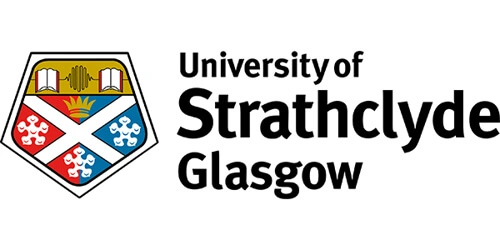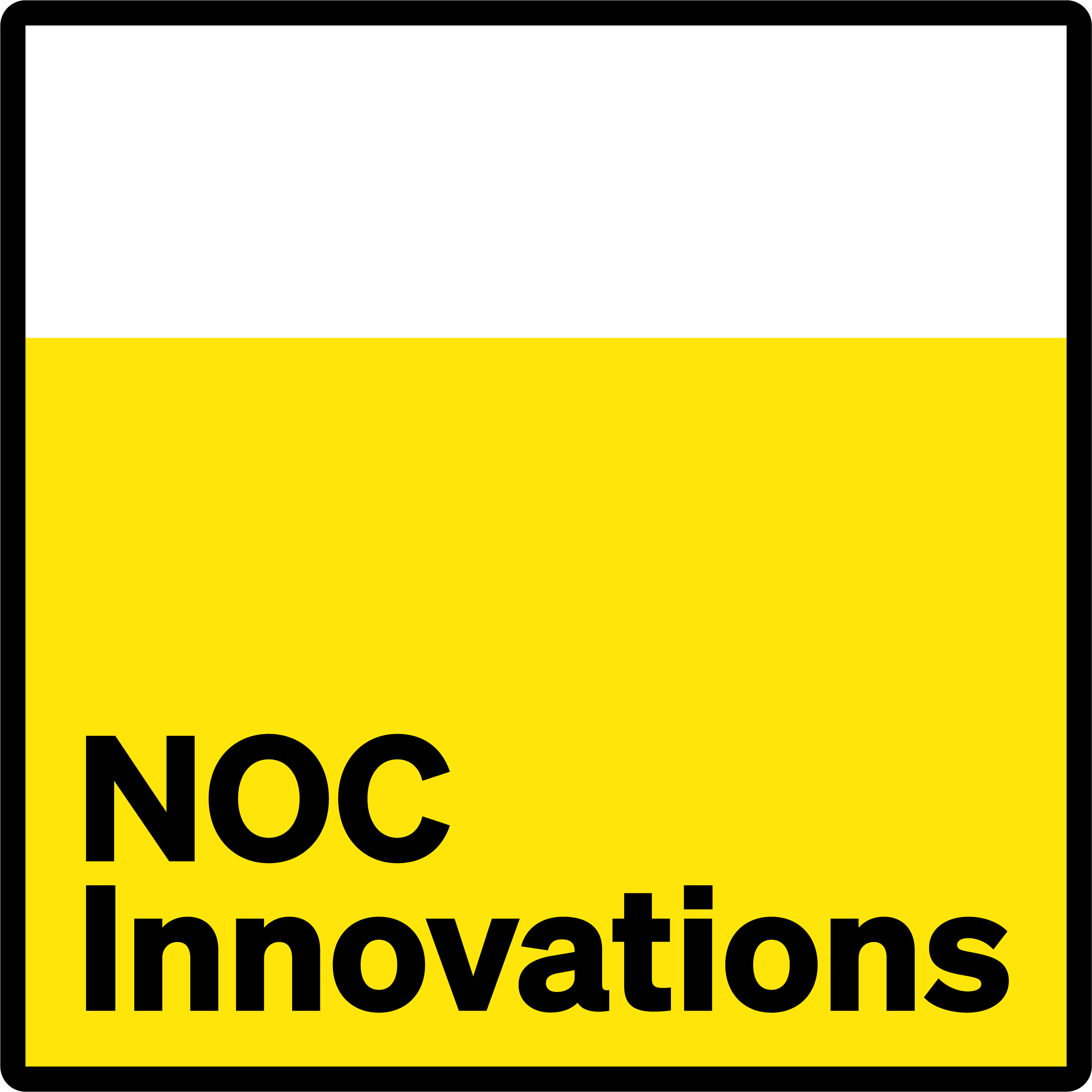Over the last few years, the term “digital twin” has gained widespread popularity, becoming a common buzzword across many industry sectors around the globe. The term, however, is so much more than just a technological trend, it is a key component of the Industry 4.0 revolution, a transformative technology that can reshape entire industries and drive innovation.
Several truly remarkable digital twins have emerged in recent years, proving that this technology is helping to push the boundaries of what is possible and encouraging many industries to follow suit. According to research carried out by Fortune Business Insights, the global digital twin market is projected to grow from $17.73 billion in 2024 to $259.32 billion by 2032, at a staggering compound annual growth rate (CAGR) of 39.8%. With this exponential growth in mind, it’s time to understand more about this often-misunderstood concept.
What is a Digital Twin?
A digital twin is a virtual representation of a physical object, process or system. It's created by collecting real-time data from sensors, IoT devices and other sources and using that data to create a digital model. This digital model mirrors the physical object or system in real-time or near real-time, allowing for analysis, monitoring and simulation.
Digital twins are currently used across various industries including manufacturing, healthcare, transportation, urban planning and more recently, the energy sector. They enable organisations to better understand and optimise the performance of their assets, predict maintenance needs, simulate scenarios and improve decision-making processes.
What Are the Types of Digital Twins?
Based on their application, scope and purpose, digital twins can be categorised into four types:
Component Twins/Parts Twins - Often used in fields such as manufacturing, aerospace and automotive engineering, these terms refer to two identical or near-identical components or parts that are manufactured or produced separately, but are intended to perform the same function within a larger system.
Asset Twins - Asset twins are formed when two or more components work together. They can virtually represent how components interact and produce performance data which can be analysed in order to make informed decisions.
System Twins - Often referred to as unit twins, system twins combine individual asset twins and create the opportunity to check how individual assets work together and allow decisions on performance enhancements to be made.
Process Twins - Process twins can display the digital environment of a whole object and give insight into how the multiple components, units and assets work as one.
What is the Origin of Digital Twin Technology?
The digital twin concept originated in the early 2000s, primarily in the manufacturing and aerospace industries. It was initially proposed by Dr. Michael Grieves, a researcher at the University of Michigan, in the context of product lifecycle management. He envisioned a virtual representation of physical products that could be used throughout their entire lifecycle, from design and manufacturing to operation and maintenance.
While digital twin technology may have originated in the early 2000s, the notion has actually been around since the 1960s. In the 1960s, the concept of digital twins, as we understand them today, didn't exist, however NASA was pioneering computational modelling and simulation techniques during that time for space exploration purposes. For example, during the Apollo 13 Mission, NASA extensively used computer simulations to plan and execute. While these simulations weren't digital twins in the contemporary sense, they represented a crucial step in the evolution of computational techniques in space exploration.
The term "digital twin" gained broader recognition with its adoption by General Electric (GE) in the late 2010s. GE used digital twins to create virtual models of their industrial equipment, such as jet engines and gas turbines, to monitor performance, predict maintenance needs and optimise operations. This application demonstrated the potential of digital twins to revolutionise various industries beyond manufacturing.
What Are the Advantages of Digital Twin Technology?
While the advantages will differ from one organisation to another, some of the most reported benefits have been outlined below.
Predictive Maintenance - Digital twins allow for real-time monitoring of physical assets, enabling predictive maintenance. By analysing data from the digital twin, companies can anticipate maintenance needs, reducing downtime and preventing costly breakdowns.
Improved Product Development - In product development, digital twins enable organisations to simulate and test products in a virtual environment before physical prototypes are built. This helps to identify potential issues early in the design phase, reducing time-to-market and development costs.
Optimised Operations - Digital twins provide insights into equipment performance and processes, allowing companies to optimise operations for efficiency and productivity. By simulating different scenarios, companies can identify the most effective strategies for resource allocation and process improvement.
Remote Monitoring and Control - With digital twins, operators can monitor and control physical assets remotely. This is particularly useful for managing assets in remote locations or hazardous environments, improving safety and reducing the need for onsite personnel.
Enhanced Decision-Making - Digital twins provide a holistic view of assets and processes, enabling better decision-making. By analysing data from the digital twin, companies can identify trends, patterns, and anomalies, leading to more informed decisions that drive business performance.
Simulation and What-If Analysis - Digital twins allow for simulation and what-if analysis, enabling companies to explore different scenarios and their potential outcomes. This helps in evaluating the impact of changes or disruptions and developing contingency plans accordingly.
With digital twin technology still in its infancy, its potential is far-reaching. As digital twins evolve, they will become more sophisticated, integrating with emerging technologies such AI, IoT and AR to enable real-time monitoring, predictive analytics and autonomous decision-making, leading to a paradigm shift in how industries operate, innovate and interact with the physical world.
To learn more about our capabilities, please visit our Contact Us page and get in-touch. To discover more about how the National Subsea Centre team is solving real-world problems, view our dedicated Projects page.








